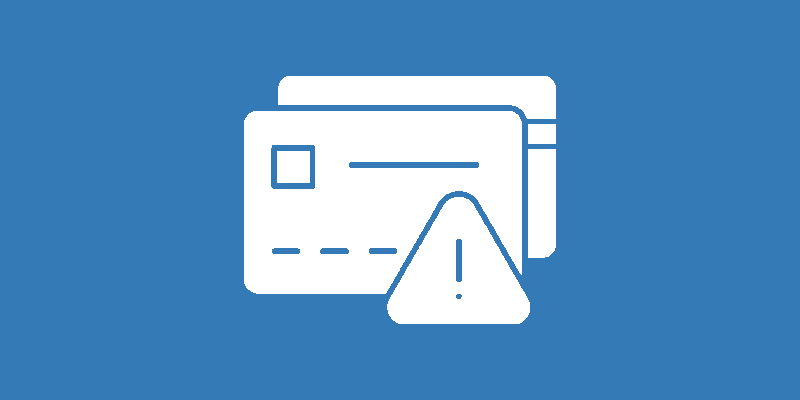Revolutionizing Lending Practices
Lending money has been an integral part of the financial industry for centuries, and it carries inherent risks for both borrowers and lenders. Traditional credit risk assessment methods have served as the foundation for evaluating borrowers’ creditworthiness. However, in recent years, Artificial Intelligence (AI) is a source of significant change in credit risk assessment. This article explains the transformative role of AI in redefining how financial institutions assess credit risks, extending loans, and ensuring the stability of the lending ecosystem.
Traditional Credit Risk Assessment: The Limitations
Before delving into the AI revolution, it’s crucial to understand the limitations of traditional credit risk assessment:
- Limited Data: Traditional methods often rely on limited financial data, including income, employment history, and credit scores, which may not provide a comprehensive picture of a borrower’s financial health
- Static Models: Conventional credit models tend to be static, failing to adapt to changing economic conditions and individual circumstances
- Human Bias: Manual credit assessments may introduce human biases and errors, leading to suboptimal lending decisions
- Time-Consuming: Traditional credit assessments can be time-consuming, delaying the loan approval process and impeding customer satisfaction
AI-Driven Credit Risk Assessment: The Revolution
AI has overcome many of the limitations of traditional credit risk assessment by leveraging advanced machine learning algorithms and vast datasets. Here are some key advantages of AI in credit risk assessment:
- Enhanced Data Utilization: Algorithms analyze a multitude of data sources, including social media, transaction history, and even psychometric factors. This provides a more comprehensive view of a borrower’s financial situation
- Predictive Analytics: AI can predict credit risk more accurately by identifying patterns and trends in a borrower’s financial behavior that may go unnoticed by human underwriters
- Automation: The automation of credit risk assessment speeds up the lending process, reducing the time from application to approval
- Risk Mitigation: AI models are designed to adapt to changing economic conditions and are more robust in assessing borrower creditworthiness
AI in Action: Credit Scoring and Approval
AI transforms the credit assessment process in various ways:
- Alternative Data Analysis: AI can assess non-traditional data sources, such as online behavior and spending habits, to evaluate creditworthiness
- Credit Scoring Models: AI-driven credit scoring models predict the likelihood of default, helping lenders make informed decisions
- Fraud Detection: Algorithms detect suspicious activities, minimizing the risk of lending to fraudulent applicants
- Personalized Loan Offers: AI can tailor loan offers to individual borrowers, matching their specific financial situations and needs
Challenges and Concerns
The integration of AI in credit risk assessment is not without its challenges:
- Data Privacy and Security: Handling sensitive personal data requires robust data protection and cybersecurity measures
- Interpretability: Black-box AI models may lack transparency, making it difficult to explain lending decisions to borrowers
- Bias Mitigation: AI algorithms must be carefully designed to avoid biases and discrimination against certain demographic groups
- Regulatory Compliance: Adhering to evolving regulations concerning AI in finance is an ongoing challenge for financial institutions
The Future of AI in Credit Risk Assessment
AI’s role in credit risk assessment is poised to expand:
- Explainable AI: The development of more interpretable AI models will increase transparency and trust in lending decisions
- Ethical AI: Ethical considerations surrounding AI’s impact on lending practices will drive the development of responsible AI applications
- Regulatory Frameworks: Governments and regulatory bodies will continue to define the boundaries of AI in credit risk assessment
AI has disrupted the financial industry by revolutionizing credit risk assessment. By leveraging vast datasets and predictive analytics, AI provides more accurate, efficient, and automated credit assessment processes. However, it also presents challenges related to data privacy, bias, and transparency.
The future of AI in credit risk assessment holds the promise of more ethical, explainable, and robust AI models. As AI continues to evolve, financial institutions must navigate regulatory changes and adopt responsible AI practices to ensure the stability and fairness of the lending ecosystem.
